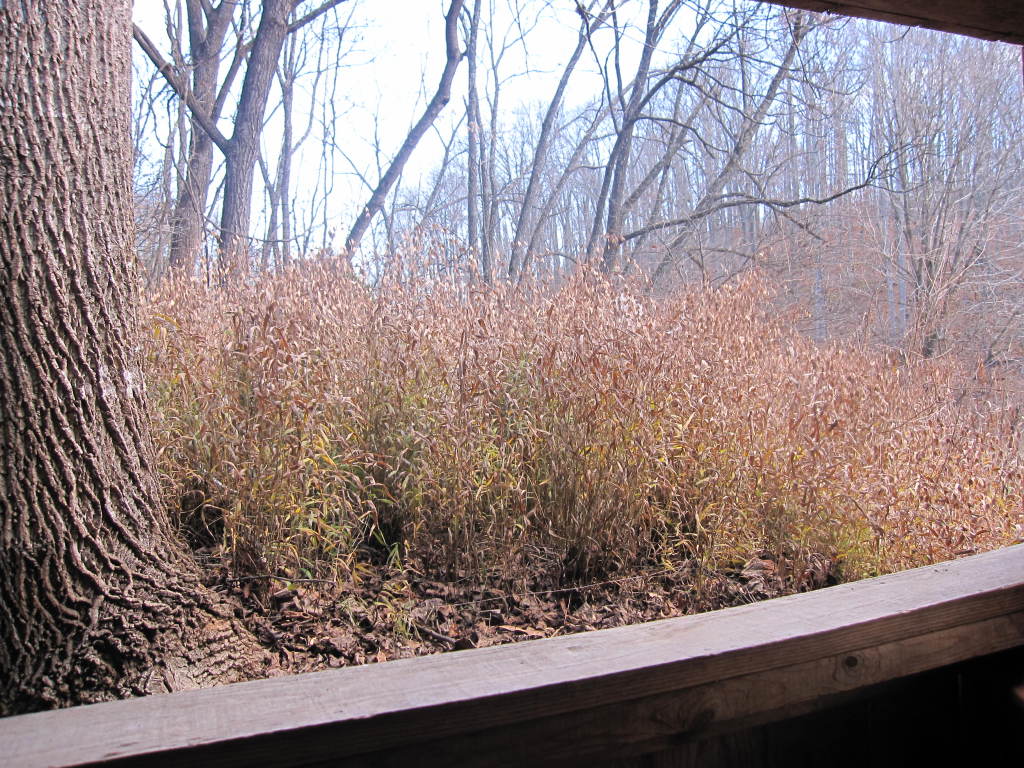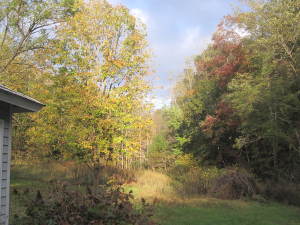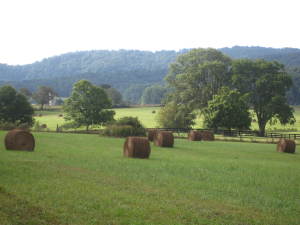The middle of October is glory time for our native grasses. The hayfields, pastures and ditches of Albemarle County are lush now with purple top, broom sedge, Indian grass, foxtail, pink Muhly, and love grass, to name but a few.
The Chasmanthium pictured above has settled into the hollow for many years now. It spreads very aggressively through seeding, thrives in sun or shade, feeds and shelters the birds and provides fillers for fall bouquets. It’s seen here through the potting shed window with the furrowed bark of a tulip poplar and a grove of walnuts in the background.
I’ve followed several local meadows since April in preparation for the talk I gave this afternoon at Monticello’s Center for Historic Plants – CHP’s pollinator meadow at Tufton Farm; the meadow at Boar’s Head Inn; and the Murray Morris meadow at Martha Jefferson Hospital in Charlottesville have all opened my eyes to the thrumming life and beauty in these restorative plantings.
If you plant or nurture a meadow, make sure you have a path through it.
We have long lived with our meadow in the hollow, and to see this ecology replicated in public landscapes is heartening. The New York Times recently wrote up the newly-opened meadow at Longwood Gardens in Pennsylvania, apparently a very popular attraction.
The warm golds and bronzes of the grasses mirror the buttery hickories and oaks above them; wine-stained maples and blackgums reflect back the reds and pinks of switch grass and pink Muhly.
In the spring, I have my doubts, but come fall there’s no question for me that this is the climax of Nature’s beauty in Virginia.




